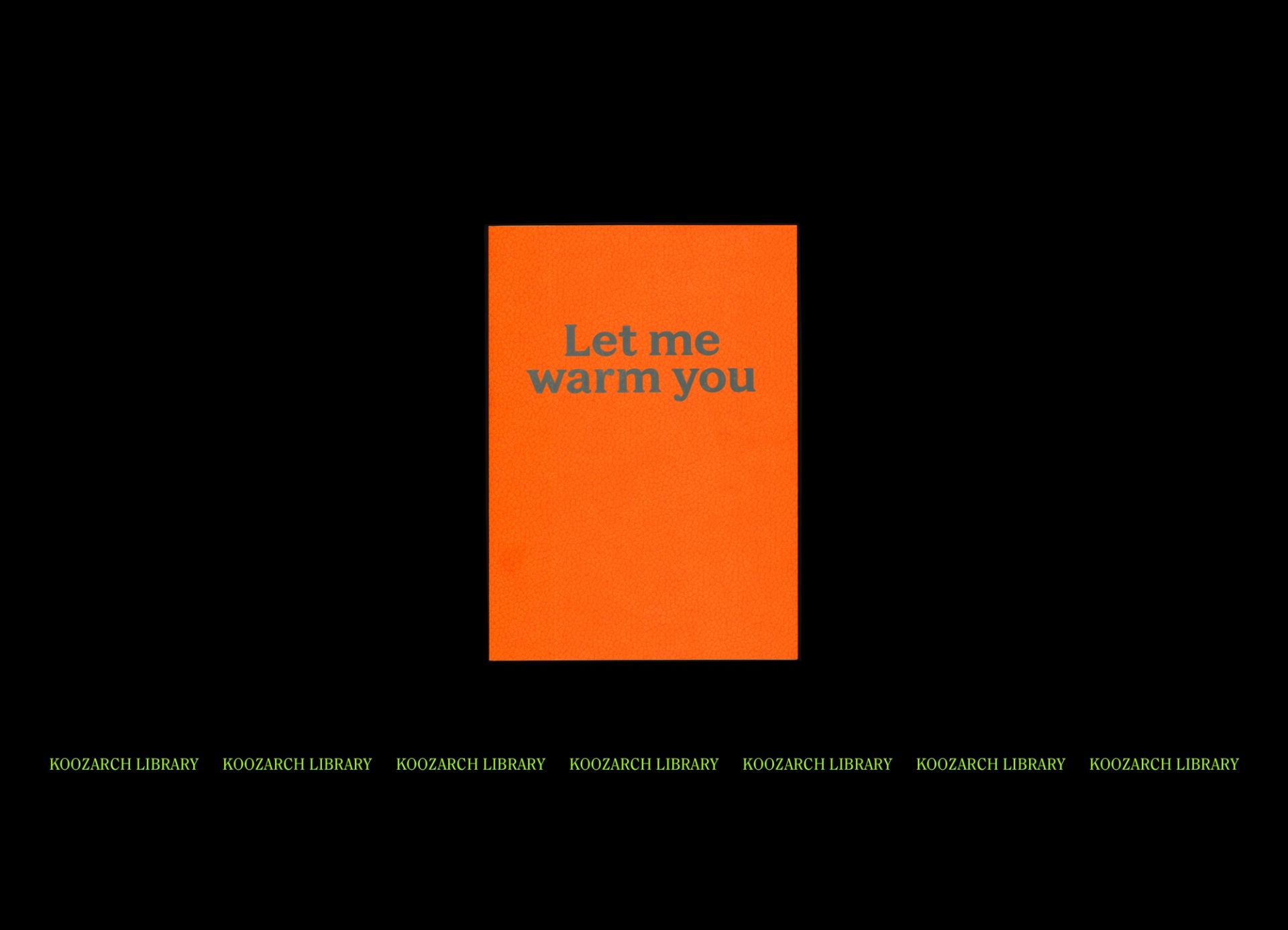Chicago is home to 1,900 linear miles of alleyways. Up(ing) Your Alley is a vision for the city which unlocks their potential. The primary existing function of these alleyways is to provide vehicular access to garages and waste collection. We propose to expand on these mono-functional passageways, by reimagining them into a diverse panorama of expanded uses, from affordable housing options to recreational spaces.

Currently, Chicago is greatly segregated, and our model brings a greater level of equity to the city by embracing new financial models of land ownership. By maximizing the functionality of the alleyway, we imagine a future in which people of different socio-economic backgrounds can own property in the same neighborhoods.
We see the alleyway as having the potential to become another street typology in Chicago, building upon Burnham’s vision for the city. Instead of the singularity of the linear street, we propose a through-block approach, which claims vacant greenfields and underutilized garages as a part of its greater network. By not competing with the existing functionality of the street, the alley becomes an alternative, human-focused approach to building a resilient city.
Up(ing) Your Alley builds upon current legislation in the city, which proposes to bring back Accessory Dwelling Units. Historically, the criticism has been that this brings too much density. While our proposaldoes aim to increase density, it equally introduces a multitude of accessible public spaces. We assert that not only will this project offset gentrification, but it will also give greater autonomy to residents and their communities.
KOOZ What prompted the project?
TAB The project was prompted by the Chicago Architectural Club’s brief for the Burnham 20/20 speculative ideas competition. Our idea for reimagining Chicago’s alleyways stems from existing and ongoing research on liminal and marginal spaces in cities. We were excited to deploy our design research, and test out ideas with the given brief.

How can we leverage existing systems to design a more humanistic city?
KOOZ What questions does the project raise and which does it address?
TAB How can we leverage existing systems to design a more humanistic city? Up(ing) Your Alley aims to address issues of affordability and accessibility of recreational spaces and housing. The project considers new futures for aging infrastructure, seeking to invest in resilience. Re-imagining the alley also leads to a necessary examination of current waste disposal systems, both in the city and on a global scale. This project also posits alternative models for housing ownership, which will lead to more equitable and diverse neighborhoods.
KOOZ What tools did you use when developing the project? How did you research and approach the city of Chicago?
TAB Several of us have experience living in Chicago, making us deeply familiar with the alleyway. Through our casual observations, we became interested in the alleyway as a potential site for expansion and speculation.

KOOZ How have digital platforms as Miro influenced the way we make architecture across borders and as a collaborative entity?
TAB Miro has been instrumental in making our design process very democratic. It's a great tool for visualizing ideas and sharing feedback in real time. We work across three to four time zones, leaving each other updates and notes on a digital whiteboard at an infinite scale.
By re-thinking the alleyway, and essentially giving the Chicago block a second frontage, we aim to expand the programmatic possibilities of the space, challenging the mono-functionality of its current state.
KOOZ How does the project approach and design for a more human city?
TAB By re-thinking the alleyway, and essentially giving the Chicago block a second frontage, we aim to expand the programmatic possibilities of the space, challenging the mono-functionality of its current state. Developing the alleyway is an infrastructural project addressing the future resilience and inclusivity of the urban environment. "Up(ing) Your Alley" builds upon current legislation in the city, which proposes bringing back Accessory Dwelling Units, or ADUs. Historically, the criticism has been that this brings too much density. While our proposal does aim to increase density, it equally introduces a multitude of accessible public spaces and unlocks greater potential in each city block. Currently, Chicago is greatly segregated, and this model brings a greater level of equity to the city by embracing new financial models of land ownership. By maximizing the functionality of the alleyway, we imagine a future in which people of different socio-economic backgrounds can own property in the same neighborhoods.
KOOZ What are for you the greatest challenges cities of today are facing?
TAB Affordability, inequity, racial injustice, gentrification, access to public transportation, access to nature, and the climate crisis.
KOOZ How and to what extent do you believe the current pandemic will affect the way we design and live the city?
TAB We see investment in outdoor recreational spaces, such as parks, nature reserves, and urban gardens becoming very important. Multigenerational housing and mixed-use spaces are also becoming more prevalent. Architecture and urban planning will need to evolve to meet those needs, while coordinating with city leaders to create more affordable options.
KOOZ What questions should the contemporary architect seek to answer and address when constructing within the city?
TAB The contemporary architect needs to use their agency to bring about a more equitable and sustainable city. It is our responsibility to educate the public on the issues facing the city today, and ways to improve the quality of life for all people.
KOOZ What is for you the architect's most important tool?
TAB Flexibility, thoughtfulness, generosity, and optimism.





